Species Photo Gallery for Otiocerus coquebertii No Common Name 19 |
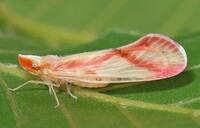 | Photo by: Rob Van Epps
Watauga Co.
Comment: Wooded neighborhood at high elevation. | 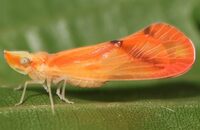 | Photo by: Rob Van Epps
Watauga Co.
Comment: Wooded neighborhood at high elevation. |
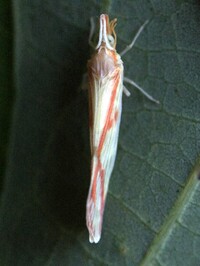 | Photo by: Ted Wilcox
Watauga Co.
Comment: unid_planthopper |  | Photo by: Ted Wilcox
Watauga Co.
Comment: unid_planthopper |
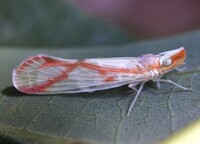 | Photo by: Ted Wilcox
Watauga Co.
Comment: unid_planthopper |  | Photo by: Cesar Castillo
Madison Co.
Comment: unid_planthopper |
 | Photo by: Cesar Castillo
Madison Co.
Comment: | 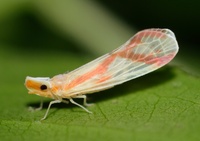 | Photo by: Scott Bolick
Guilford Co.
Comment: |
 | Photo by: Scott Bolick
Guilford Co.
Comment: |  | Photo by: SCOTT R BOLICK
Guilford Co.
Comment: |
 | Photo by: SCOTT R BOLICK
Guilford Co.
Comment: | 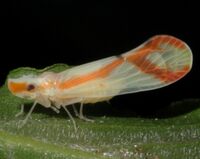 | Photo by: SCOTT R BOLICK
Guilford Co.
Comment: |
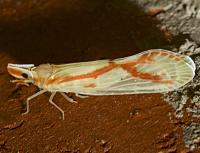 | Photo by: Jim Petranka and Becky Elkin
Madison Co.
Comment: | 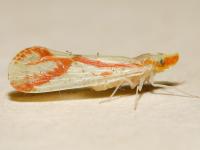 | Photo by: Jim Petranka and Becky Elkin
Madison Co.
Comment: |
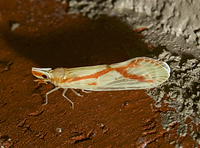 | Photo by: Jim Petranka and Becky Elkin
Madison Co.
Comment: |  | Photo by: Floyd Williams
Gates Co.
Comment: |
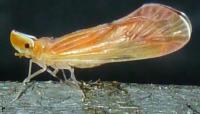 | Photo by: E. Corey, K. Bischof
Transylvania Co.
Comment: GORG - UV light and sheet at Ranger Residence on Frozen Creek Road | 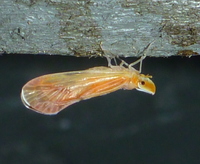 | Photo by: E. Corey, K. Bischof
Transylvania Co.
Comment: GORG |
 | Photo by: Floyd Williams
Gates Co.
Comment: |

 »
»
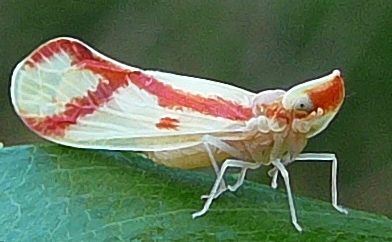
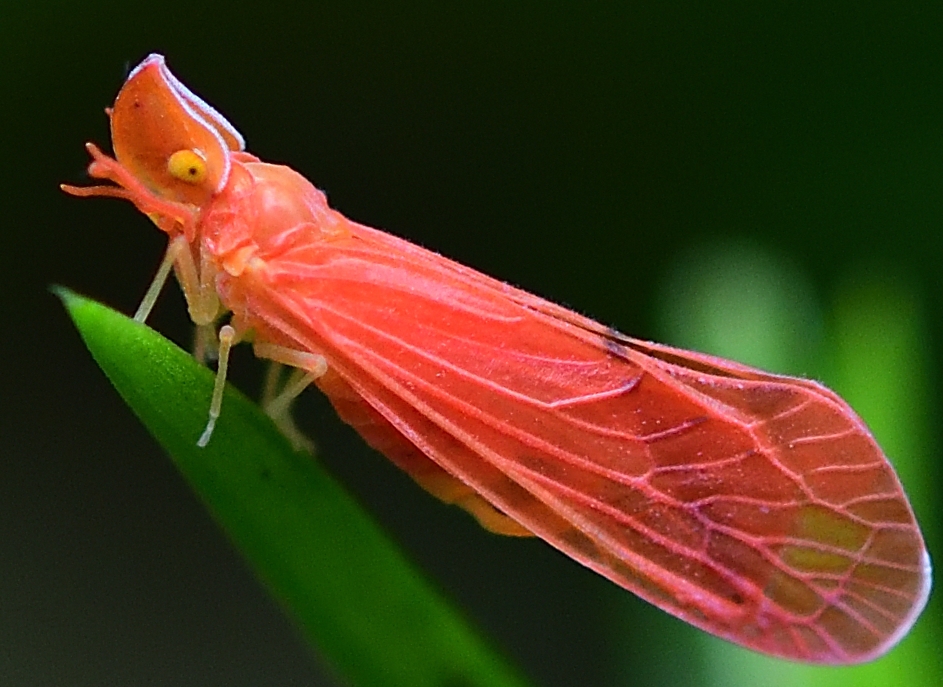


 »
»


